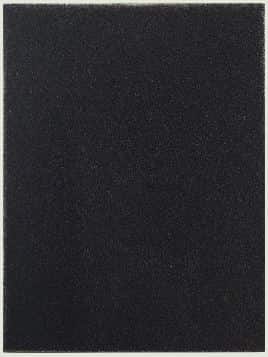Are you are venturing out to buy an air purifier? Its very probable since that’s why you are here. Welcome! A good buying decision is impossible until you have knowledge on all aspects. Air purifiers are air cleaners and employ a host of technologies to achieve their purpose. Whether out for buying an air purifier or searching online some words are often repeated. The most common words one comes across are HEPA filters and activated carbon filters. Little less common words are Ionizer and pre-filter. In this post we are touching upon activated carbon filter. A carbon filter is an inseparable component of HEPA filter based air purifiers.
One of the stages of air purification comprises of a HEPA filter layer followed or preceded by a carbon filter.
WHAT IS ACTIVATED CARBON FILTER?
Activated carbon is a buzzword in beauty and food industry circles. But, their prominent application is in air purification. Activated carbon has an inherent ability to catch gaseous pollutants. Activated carbon woven into fabrics make up activated carbon filters. How Activated carbon removes pollutants can be referenced describing their air purification mechanism.
Activated carbon removes volatile organic gases (VOCs is the umbrella term).
Important to note is that air pollution is not just the presence of harmful gases. Infact, dust and particulate matter are the main culprits. It is for this reason that air purifiers use carbon filters in companionship with HEPA filters. Carbon filter removes odor, smoke and gases. While the HEPA filter traps dust, pollen, pet dander, bacteria and mold. HEPA filters specialize in removing dust and PM2.5 and PM0.3 particulates. Now, these two filters could be separate or composite. Technically speaking, those air purifiers which have a fused composite filter are more efficient. This is because there are no gaps or air leakages at the edges.
LIFE AND OTHER ASPECTS OF ACTIVATED CARBON FILTER
Maintenance is a must for any household appliance and air purifiers are no exceptions. HEPA filters have a longer life out of the two. The reason for this is that HEPA filters form the innermost layer of the air filters. The inexpensive pre-filters bear the brunt of larger particles like hair, lint, fibers and coarse dust. This onslaught saves the costlier and important activated carbon and HEPA filters. The pre-filters are a sight to watch after a month or so. The sheer amount of dirt deposited on them is a satisfying sight. If not for the air purifier, some of it may have ended up into your breath!
Activated carbon filters are non-washable. Just clean them from the sides and vacuum clean the surface. The principle of recharging or re-activation of charcoal applies to carbon filters too. You can expose the activated carbon side of the filter towards sunlight to recharge it. But, do replace them at the recommended time. Check the product descriptions or ask the vendor for details.
A TIP FOR COST SAVING
When its time to do a filter replacement, do not postpone it. What you can do is- Do a price comparison of the exact replacements with generic ones. You can cut out the carbon filter from cheaper but good quality rolls or pads. A disclaimer flashes here. No matter how accurately you cut out using a pair of scissors, these may not fit snugly. Company sold spare filters come fitted on a frame, which would be absent in this case. So, make sure what you are doing. You can consider replacement filters from Veva or others available at fraction of the cost of originals.
